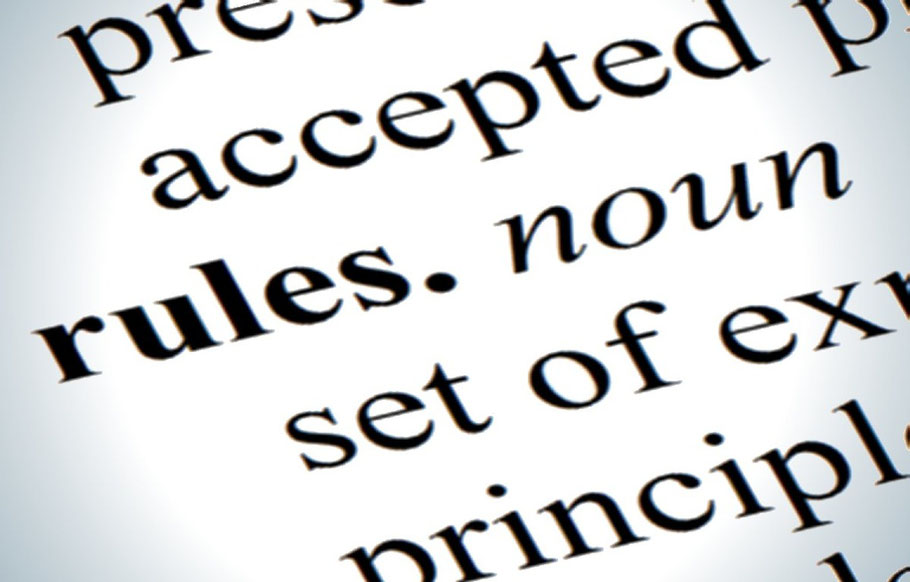
I was 21 when I accepted my first teaching job. Sixth grade, all subjects. I knew nothing. Fortunately, I had a supportive principal as a mentor, a good friend as a colleague, and students that taught me as much as I taught them.
Our principal provided practical advice and opportunities for professional development – especially how to manage the classroom. I still remember him saying, “You might want to consider having the students raise their hands.” (Accepting call-outs reinforces that behavior.) While much has changed in education since then, many things remain the same, like the importance of making your classroom a positive place for students.
Classroom “must do’s” include establishing procedures and a management plan. Everything from collecting papers to dismissing students requires a procedure with practice. For example, dismissal time can be the most chaotic time of the day. It’s important for students to learn an organized method that ensures their safety. Packing up for the end of the day, listening quietly for bus numbers, sharing a goodbye, and walking to the designated dismissal location are procedures that must be practiced to become routine. With practice, procedures become automatic.
Procedures to practice include:
- Lining up
- Entering the classroom/Beginning the day
- Homework collection
- Bathroom use
- Pencil sharpening
- Noise level expectations
- Technology use
- Asking questions
- Locker use
- Recess time
- Working in groups
- Independent work
Students in positive learning environments have clear expectations and are aware of how to behave in all settings, including the lunchroom, playground, media center, and emergency/fire drills. They also understand the consequences of not following the procedure.
In addition to learning numerous routines, classroom management specialists recommend three to five core classroom rules. In most of my classroom experiences, the students and I created these rules together. Involving students in the process allows them to understand how the rules are in place for them, so they have a positive place to learn. We discussed each rule, and we role-played both positive and negative examples of acceptable behavior.
Many schools implement school-wide expectations. One effective school-wide intervention encouraged students’ academic, social-emotional, and behavioral success by following the motivational acronym ROAR.
- Respect
- On-Task
- Attitude
- Responsibility
These four expectations covered the positive behaviors teachers wanted students to exhibit.
Maximize procedural structure in your classroom by showing/telling students want you want them to do rather than telling them what you don’t want them to do. Actively involve students in the process and practice, practice, practice! Teaching them how to be responsible for their learning aligns their excitement for the new school year with your instructional goals.
